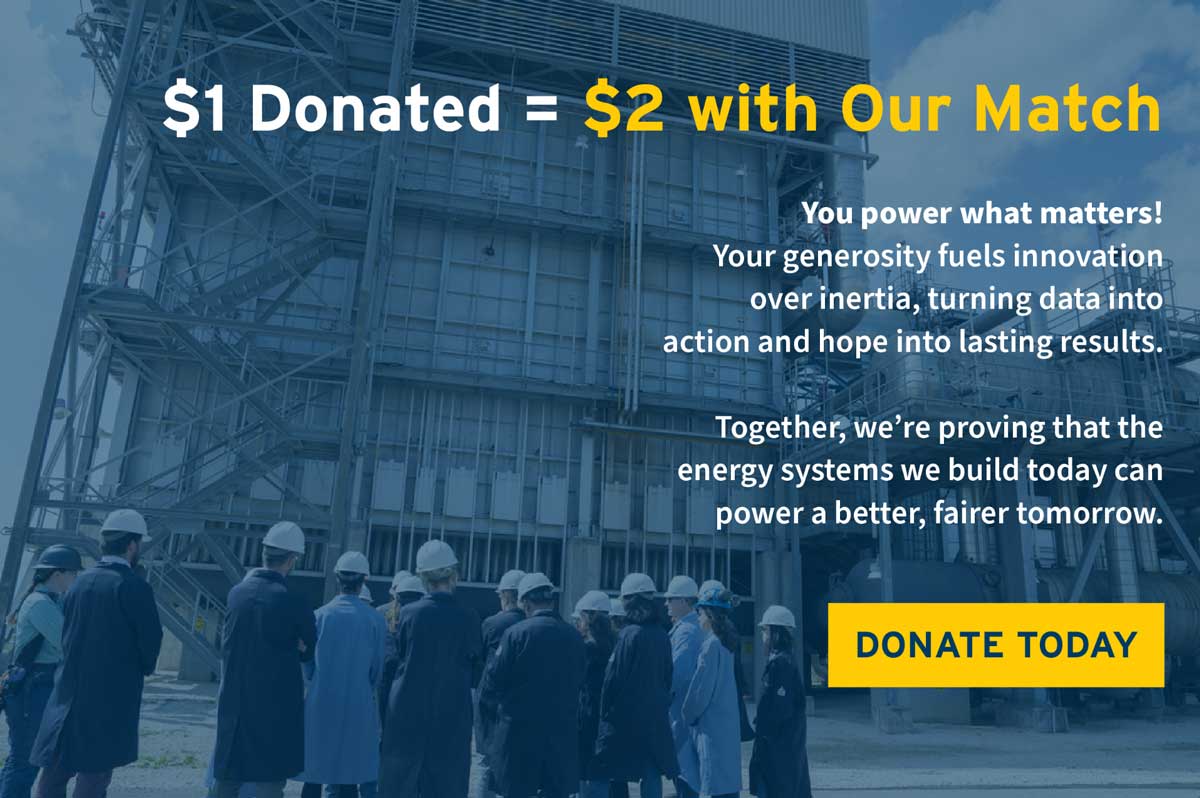
Electricity
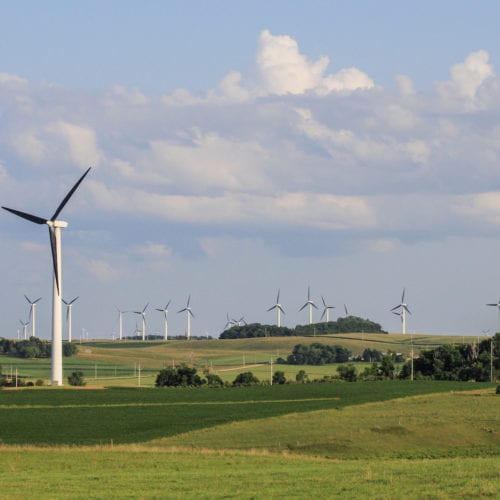
Lowering Costs and Carbon for Minnesota Co-ops
Today, Great River Energy (GRE), a generation and transmission (G&T) cooperative utility serving 700,000 families and businesses in Minnesota, announced the planned retirement of its Coal Creek Station power plant in 2022. This retirement is part of a sweeping plan to reduce the utility’s CO2 emissions by 95 percent…
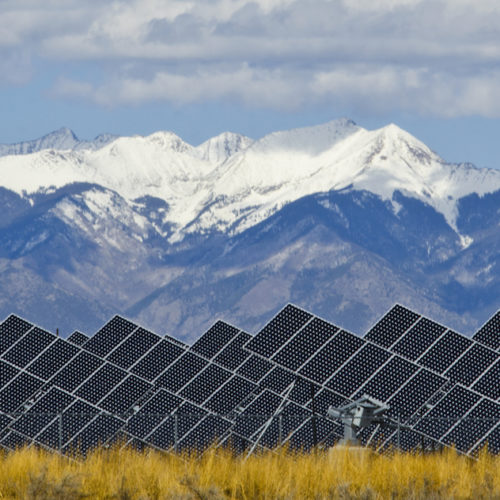
Tri-State Chooses the Low-Carbon Path
Download RMI’s case study of the Tri-State Responsible Energy Plan The transition to clean energy has a new champion: rural electric co-ops. At the close of the last decade, a growing number of distribution co-ops––as well as a few larger generation and transmission (G&T) co-ops––had set clean energy targets…
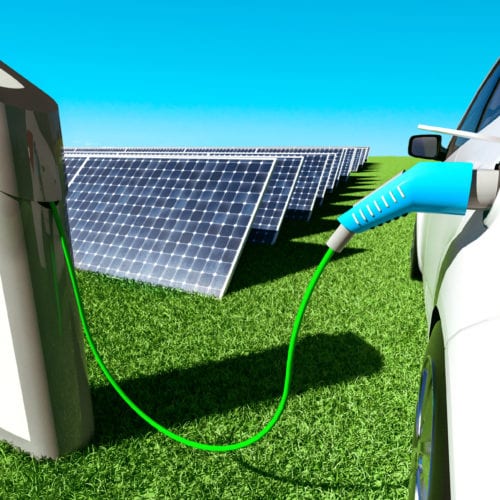
Electric Vehicles Are the Next Dominant Class of Renewable Energy Buyers
Electric vehicle (EV) adoption is growing rapidly. According to 2019 Bloomberg analysis, annual passenger EV sales surpassed 2 million in 2018, are expected to increase to 10 million by 2025, 28 million by 2030, and will comprise over half of all passenger vehicle sales by 2040, or 56 million vehicles…
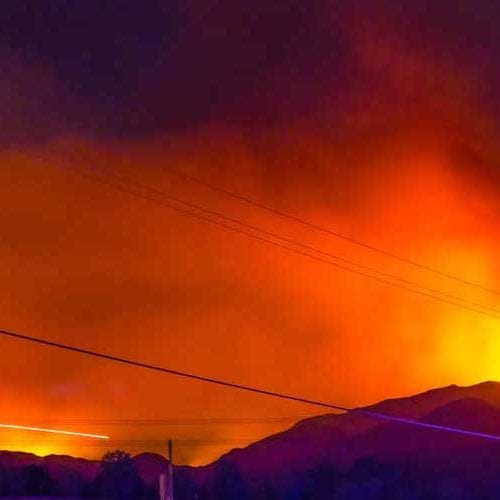
Adapting to Fire: How Cities Can Enhance Resilience with Distributed Energy
As California experienced uncharacteristically low precipitation in February, normally its peak rainy season, parts of the state are moving into drought conditions. This is likely to increase wildfire prevalence in the state in 2020, and it underscores the point that communities need to be thinking about a range of…

Charlotte Is the Largest US City to Buy Renewable Energy through a Green Tariff. Here’s How to Ensure More Follow.
More than 200 US cities, townships, and counties have adopted 100 percent clean energy targets. While some have already achieved them, many more are still trying to figure out how they will work with many stakeholders, most notably their electric utilities, to get there. Yesterday, the city council in…
